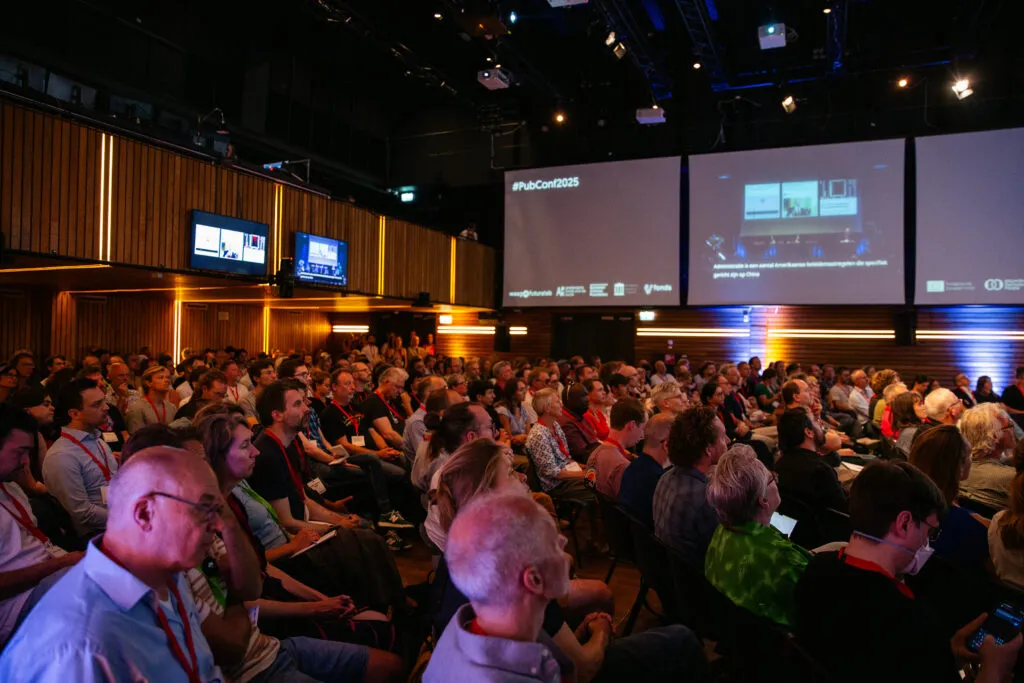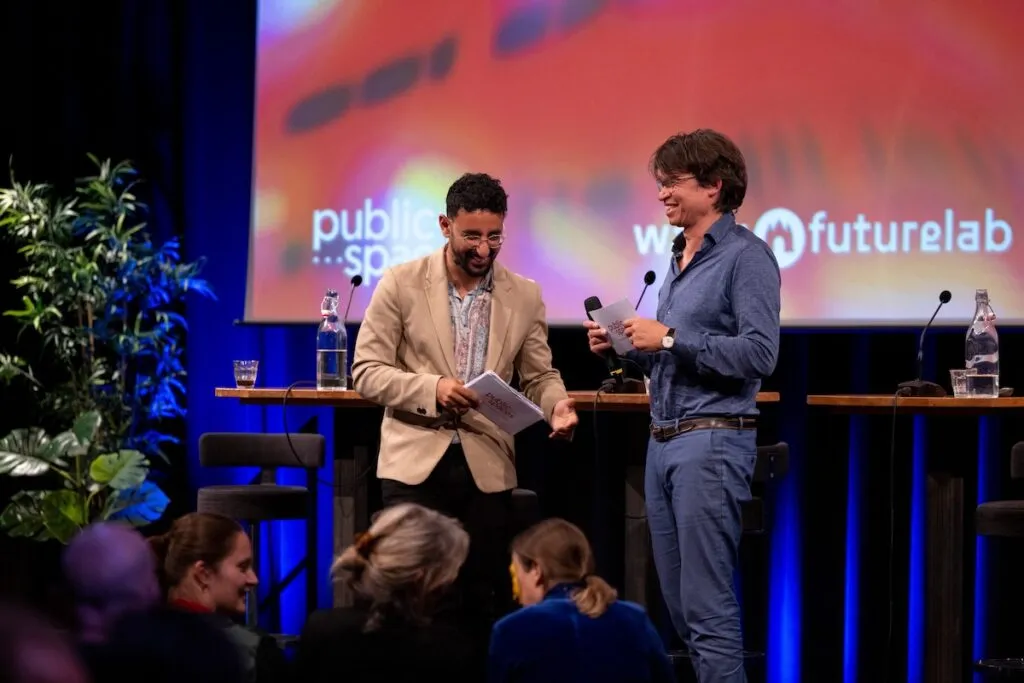Working in a coalition has its advantages — lots of networking going on, many experiences to share, plenty of competences and resources at your disposal — but it certainly has its drawbacks too. Especially if you are trying to tackle a problem so profoundly present in all our online lives: how do we make the internet a healthy place again. Or, as I heard it put the other day: how to restore our digital dignity.
No surprise then that we spent the last six weeks discussing about our roadmap, our priorities, about the product or service we are going to present first to the public. It carries a certain significance that we talked a lot about whether it was going to even be a product, or much rather a service.
Kudos to our team that we have been able to come up with a solution.
Starting point of our reasoning is the fact that as (semi-)public organizations, that have statutory and moral obligations to serve the public interest, we are more or less forced to use commercial platforms to execute our main tasks; or, at the very least, we have to use these platforms to reach our audience, thereby of necessity acting against our basic principles; because these commercial platforms most definitely do not have the public interest at heart.
Our must urgent need, therefore, is to come up with an alternative platform for social conversations around the content that we provide. We’ve made an extensive analysis of existing independent (partial) solutions that would provide ingredients for such a platform. We plotted those existing solutions on three separate axises: closed (proprietary) vs open (source), 3rd party platform vs integrated/embedded, and personal vs professional use. We concluded there are no proper open, embeddable tools to engage in a meaningful conversation with the people formerly known as the audience. Obviously, there’s a lot of software out there, but what we’ve found is either completely proprietary, or is based on third-party platforms that are profit-driven.
Our roadmap therefore should be to provide an embeddable tool for conversations, that each of our partners — really, since it’s going to be open source, everybody — can embed on their own platforms to start conversations with the audience. Think Facebook Comments or Disqus, but open and public. The example we’re going to look at most closely, is Isso. We prefer not to call it a commenting tool, because that kind of limits the imagination.
If we’re talking conversation, the issue of identity management and authorization becomes urgent. You don’t want people having to log in with Facebook or Google in order to participate in this conversation. So providing an alternative would be a logical next step. Irma might be an inspiration for that. Furthermore, no meaningful conversation is possible without something to talk about; so we need to link conversations to various content types.
We have conversations, we have identity, we have content — and this set of components could obviously be brought together so we can actually rise above the level of the founding partners and build something that is not only useful to them and the public, but also bridges the gaps that might exist between audiences.
This entire proces is going to be arranged in as open a way as possible. Lots of side paths can be walked — rating, profiling, storage, to name a few — there’s going to be an open and continuous invitation to join the movement we’re trying to build and to work with us on these components. We’ll set up an environment to facilitate this cooperation.
Obviously, this all is a simplified rendering of the job ahead. We need to talk about technical requirements, functional designs, usability — there’s a lot to be done. But we’ve got a concrete agenda now, and that’s a huge step forward!




